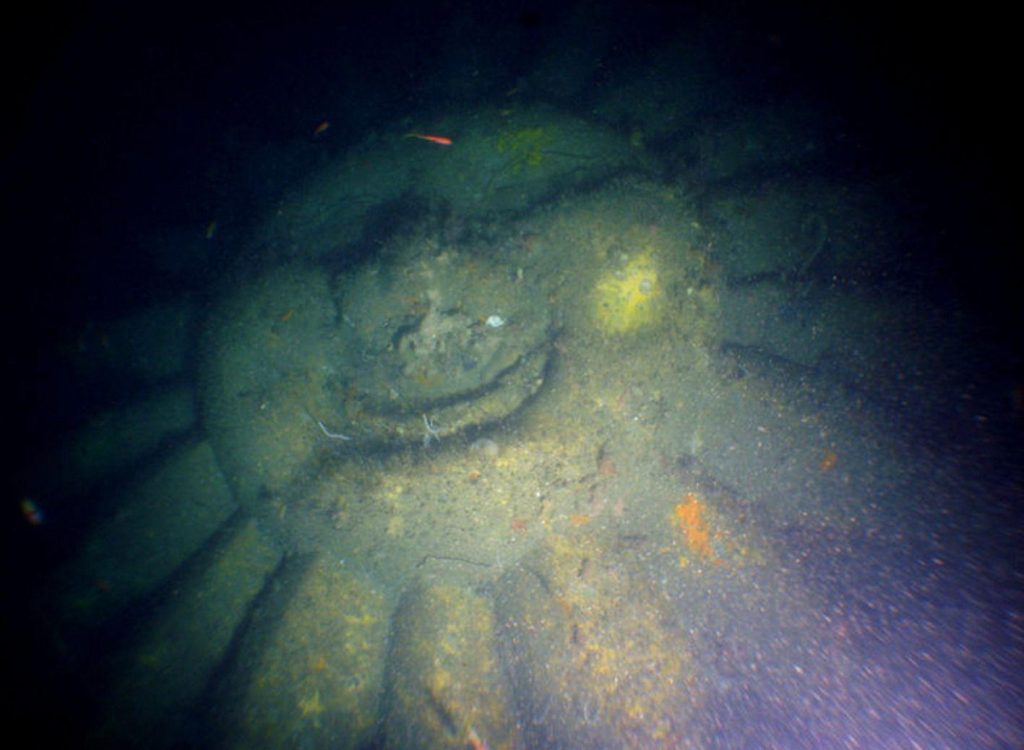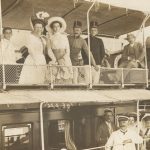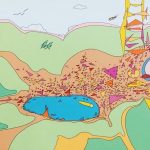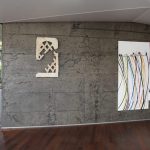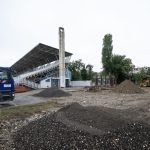If tourism is indeed to be seen as the last existing utopia in our day and age, what happens when a tourist ship ends up sinking to the bottom of the sea?
For some time now, two of my favourite topics to write about have been sailing and art, and this week’s exhibition recommendation just happens to be a perfect – albeit somewhat unnerving – example of both. The Multimedia Cultural Centre (MKC) in Split is hosting an exhibition titled Smiling Sun, created by a Croatian artist named Ana Bilankov.
Bilankov has been researching a cruise ship named Sun Vista which sank off the coast of Malaysia twenty years ago, reports Slobodna Dalmacija. Manufactured in Italy in 1961, the ship went on to change multiple owners and names in the following several decades: it was first named Galileo Galilei, then just Galileo, followed by Meridian at the time Bilankov’s brother used to work on the ship. This is what sparked the idea for her project: it was during the artist’s residency in New York in 2015 when she first thought to look into the history of the ship and its tragic fate, shaping her discoveries into an experimental video project.
So, what exactly happened to Sun Vista? On May 20, 1999, the luxurious cruise ship was headed back to Singapore after a cruise in Thailand. Around 14:30, an engine malfunction produced a spark which in turn caused a small fire to break out. The crew wasn’t overly worried about the flames – the fire was unlikely to spread and endanger any of the 472 passengers and 672 crew members. Or so they thought.
Around 18:30, a distress call was sent out from Sun Vista, while the passengers and the crew were instructed to abandon ship – without panic, but as soon as possible, as there was no time to go back to their cabins to collect their personal documents, clothes and other items of value. The cruise cost each of the tourists some 2500$, and many a passenger brought along various expensive belongings – Gucci bags, Tiffany jewellery, you name it. The only thing they could have done, tightly packed on four rafts and 18 lifeboats on the open sea, was to watch their ship slowly sink to the bottom of the ocean for hours on end.
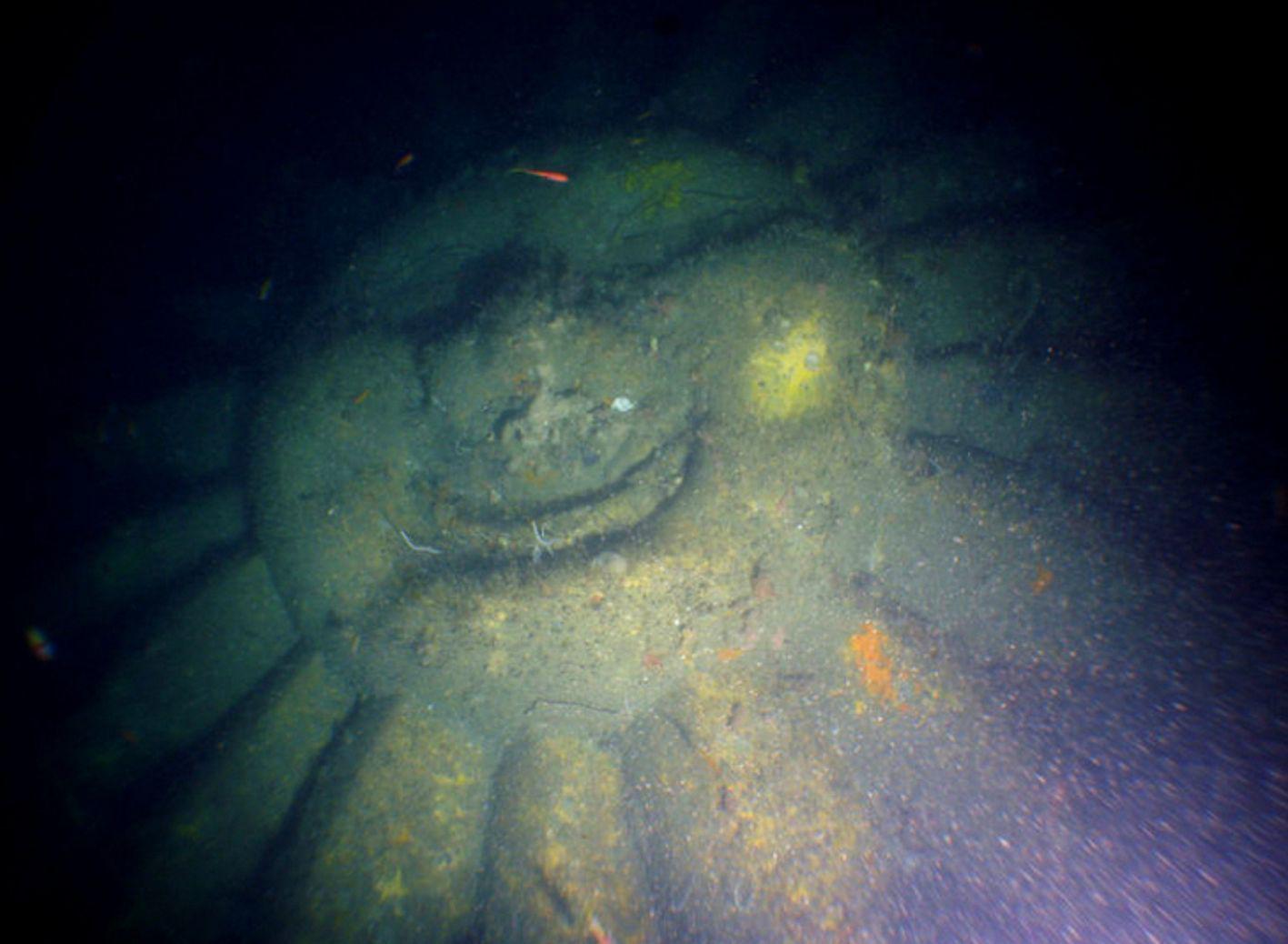
Sun Vista finally sank around 1:30 in the morning. No passengers were seriously injured in the accident, but some of them came out with several accusations: the crew seemed to panic more than the tourists did, they said; they also had an impression there were more passengers on the ship than the regulations allowed. They were provided financial help of 500$ so they could purchase basic items they needed once they were transported to Port Penang in Malaysia. Naturally, they haven’t found much comfort in that – after all, their otherwise perfect vacation was destroyed in a single night.
Bilankov thus set out to learn as many details about the wreckage as possible, looking at the case from an artistic, somewhat philosophical point. “Ship as a symbol of migration, dislocation and heterotropic ‘place without a place’ frequently makes an appearance in my work. In this case, the subject has shifted a bit, posing a question whether tourism, with its intense production of sweet illusions, (…) makes for the last existing utopia in the present day and age, as Boris Greuys once said”, the artist stated.
That very utopia ended in shipwreck in the case of Sun Vista, with the iconic sun-shaped logo of the company Sun Cruises ending up at the bottom of the sea, forever smiling in the murky deep waters. An interesting subject to look at from an artistic angle – the exhibition Smiling Sun opens at MKC in Split on March 22 at 7 pm.
ANA BILANKOV is a multimedia artist, born in Zagreb, and lives and works in Berlin. Her conceptual and contextual practice includes media photography, video/experimental film, installations and texts. Bilankov’s works have been shown internationally in art venues as film and video festivals, where she has been among the prizewinners. She has won several grants and residences, e.g. at Residency Unlimited and Pioneer Works in New York, and recently received a research stipend from the Senate Department for Culture and Europe, Berlin.
Multimedijalni kulturni centar Split, Ulica Slobode 28, 21000 Split

